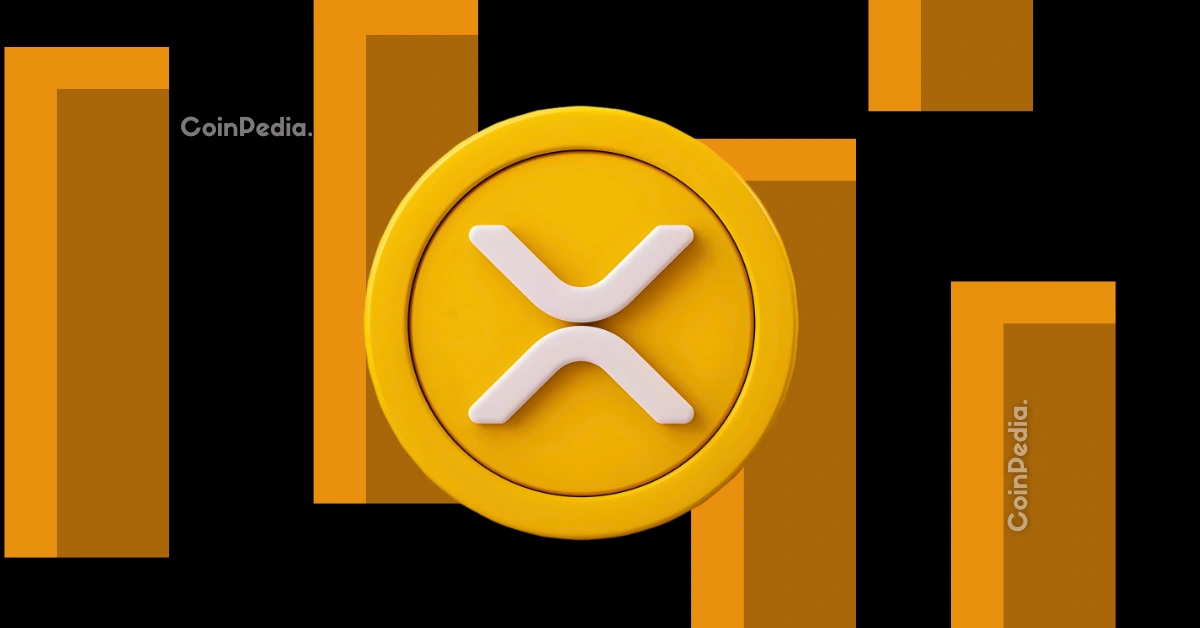
Understanding the Ripple Effect: XRP’s Changing Market Structure
Cryptocurrency continues to reshape financial markets, and XRP, Ripple’s native digital token, stands at the forefront of these changes. Recent market trends indicate a significant decline in XRP exchange reserves, while institutional demand surges, creating a tighter supply structure. This article dives into the factors influencing XRP’s market trajectory and what it means for traders and investors.
Institutional Buyers Driving XRP Accumulation
According to recent data from CryptoQuant, XRP holdings on Binance have dropped sharply to approximately 2.7 billion tokens, marking one of the lowest recorded levels. Over 300 million XRP tokens have moved from the exchange into private wallets since October 6. This trend showcases strong accumulation behavior, particularly among long-term holders and institutional investors.
Leading analysts, such as CryptoQuant’s Darkfrost, view this declining reserve as a promising sign. Instead of signaling sell-offs, most tokens are being stored in private wallets, indicating a strong belief in XRP’s long-term potential.
Key Price Levels to Watch
XRP is currently trading between $2.17 and $2.20. Analysts suggest that maintaining support above the $2 level is critical. A breach below $2 could momentarily disrupt the positive market structure, but for now, the outlook remains healthy.
For active traders and investors, consistent consolidation at current levels could lead to significant future price rallies, given the constrained supply and increasing demand.
The Role of ETFs and Global Liquidity in Tightening Supply
One of the standout contributors to XRP’s current performance is the notable growth in ETF inflows. Currently, nine XRP-focused ETFs are operational, many sourcing tokens through OTC channels to minimize exchange price fluctuations. Reports indicate weekly inflows totaling $73.9 million, with projections of $89.3 million in the coming weeks. These numbers are expected to grow as four additional ETFs await approval, potentially putting XRP ahead of Bitcoin in ETF representation.
Low-cost ETFs like Franklin Templeton’s XRPZ and Canary Capital’s offerings are attracting a wave of institutional investors. Ripple’s RLUSD token is also gaining momentum in Abu Dhabi, where it has achieved significant regulatory milestones, including approval in the Abu Dhabi Global Market (ADGM).
Long-Term Market Outlook
With exchange reserves shrinking and institutional interest on the rise, XRP’s long-term price structure is strengthening. Shrinking sell pressure on platforms like Binance, coupled with increasing token migration into private wallets, points to robust accumulation trends. Globally, liquidity patterns also suggest that tokens are being absorbed faster than they re-enter circulation.
Historically, periods of low liquidity and steady accumulation serve as precursors for price surges. If institutional momentum continues to rise, paired with tightened supply, XRP could witness a significant price breakout in the near future.
Revolutionizing Payments With Ripple’s Infrastructure
Beyond market activity, Ripple’s payment solutions are gaining traction globally. With its RLUSD token surpassing a $1-billion market cap and the development of regulated payment infrastructures, Ripple is demonstrating its long-term commitment to transforming cross-border payments. This progress adds an additional layer of utility to XRP, making it a preferred digital asset for institutional players.
Where to Invest in XRP
If you’re seeking to invest in XRP or diversify your portfolio, consider verifying trusted platforms offering secure trading. For a seamless entry, eToro, a global leader in cryptocurrency trading, provides an intuitive platform for trading XRP and other digital assets. Their educational tools and low fees make it a great choice for beginners and experienced traders alike.
Conclusion: The Road Ahead for XRP
As the cryptocurrency market continues to evolve, XRP is carving its path toward becoming a cornerstone asset. Growing institutional adoption, ETF momentum, and a shrinking exchange supply all point to a stronger, more sustainable future for Ripple’s token. With careful market analysis and an understanding of these trends, investors have the opportunity to position themselves ahead of the next big market movement.



